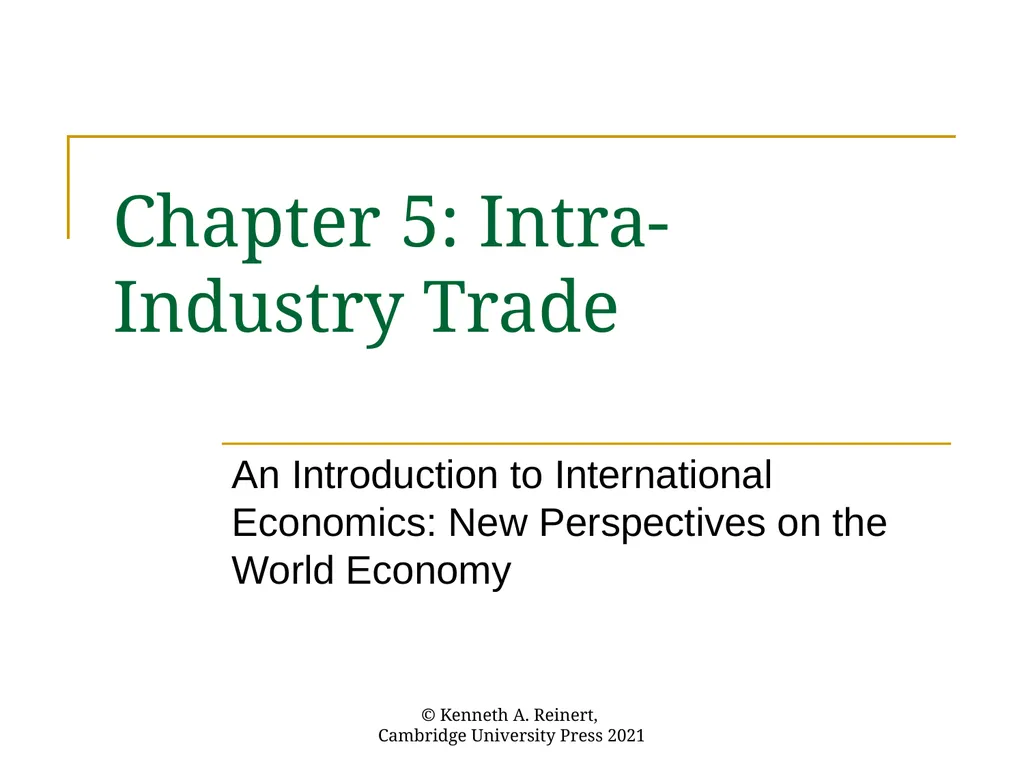
Chapter 5: Intra-Industry Trade An Introduction to
Author: sherrill-nordquist | Published: 2025-05-24
Description: Chapter 5: Intra-Industry Trade An Introduction to International Economics: New Perspectives on the World Economy Kenneth A. Reinert, Cambridge University Press 2021 Analytical Elements Countries Sectors Tasks Firms Factors Kenneth A.
Download Presentation
Download the PPT/PDF: Download
Transcript:
Loading transcript…